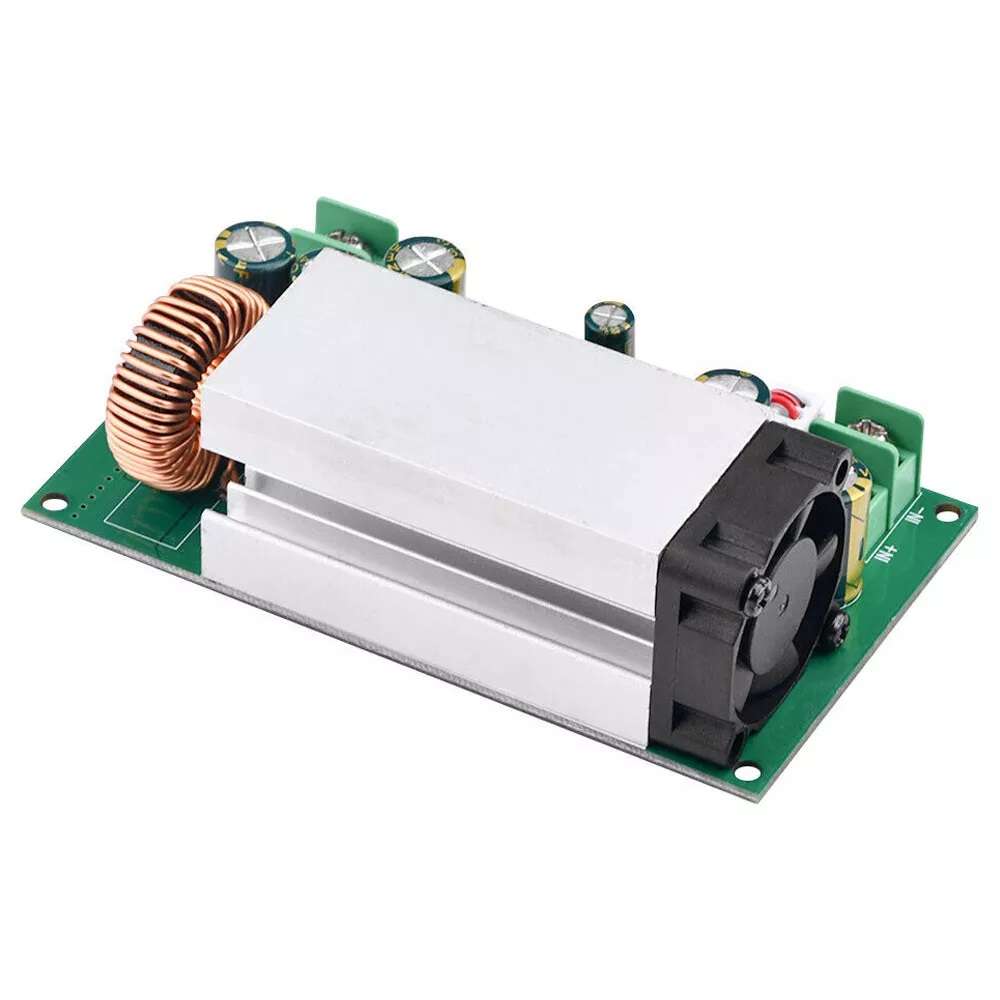Quite often I am asked about battery chargers and there are a few ways to charge your solar battery storage. For the most part, those with hybrid inverters or AIOs will have a built in charger, but for smaller solar projects or non AIO, a independent charger is required.
How to charge a solar battery from mains?
Charging a battery from mains usually requires a battery charger, there are a few types of chargers and what you buy needs to match some criteria.
Search for chargers — RenewSolar Shop
Safety first: What is the maximum current you can charge at. Different batteries will charge at different rates, too much current could lead to damage or fire.
Some chargers are dumb, this means that you rely on the BMS of the battery.
Some batteries when charging can vent explosive gas.
Different battery types can have different voltages.
Not all chargers can work across various battery types.
The Current.
The Current of a battery charger is measured in amps, your battery capacity is measured in amp hours.
If you have a 100 ah battery with a 20 amp charger you know that 100/20=5 so your charge time would be 5 hours. That’s not entirely true as the current drops as the battery becomes charged, and there are some other factors to consider, but it is a good starting point to use this as a rule of thumb.
Again there are some variable in charging current related to “max current” this can be .5c, which is half the capacity, for a 100ah battery that is 50 amps. This being said, the manufacture may want a lower charge rate, and you may also want a lower charge rate as it will extend the life of the battery.
Li-ion cells vary in what the charge current can be, but they heat up, get this wrong and you could have a fire on your hands. Its a good idea to charge limit to a fault condition, what I mean is that if you have 3amp 18650s, a 48v battery will have a series of cells and for capacity parallel cells.
In series, you would have 13 cells or 14, and if they are 3 ah then you are likely to have 10 or more cells in parallel. 3×10 = 30ah.
Therefore you 30 amp charger would charge each cell at 1 ah. This is accepted as a good charge rate for these types of cells. The lower the current of the charge the longer it will take, but it would be safer and more of a benefit. Adding to this is the balance function of the battery pack. Its likely that you will have passive balancing, the balance function could be around 0.05amps, which by the time you are at voltage and near charged, the current will drop to around 2 amps for the pack at which time the balancing takes place.
The Voltage.
Charging a battery to the correct voltage is important as is the reserve. li-ion cells are 4.2 or 4.3v max and have a nominal of 3.7v, personally in my li-ion packs ill will charge these to 4.1v as a max.
The result of the voltage difference means that I get a lot more cycles from the batteries and the same is said for all batteries. Therefore you want to have a top and bottom reserve. 10-20% is the norm.
You need to know the battery configuration, as 48v batteries may have 15 or 16 cells and thats a big difference in the charge voltages.
For example with Li-ion, a 12v battery is 3 cells, a 24v is 7 cells and not 6. and a 48v is 13 cells not 14.
13 cells charge voltage is 54.6v and 14 is 58.8v with the wrong cell pack thats 4.52v per cell.
If you have not made your own pack, check what you cell count is on any of the battery packs you have.
CUSTOM BUILT BATTERY CHARGER.
RenewSolar is fairly well known for custom projects and building hardware that’s not commonly available. We offer a wide range of products and services to clients which are not all listed within our website and shop. You can find some projects with the projects section of the website if you want to “build along” and have a DIY project. if that sounds complex then you could always just buy or commission something to meet your needs.
We tend to “old skool” engineer our hardware and make it more flexible by building most devices as modular items. This makes any repairs easier and allows for custom within the custom. For example you may want a charger with a timer, or a wireless on off switch, a battery monitor to send details to your home assistant or to give you live data on what charge is going in or out, or you may want to extend to having can bus or RS323.

No responses yet